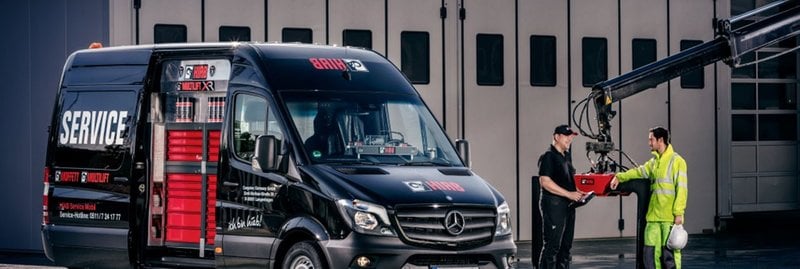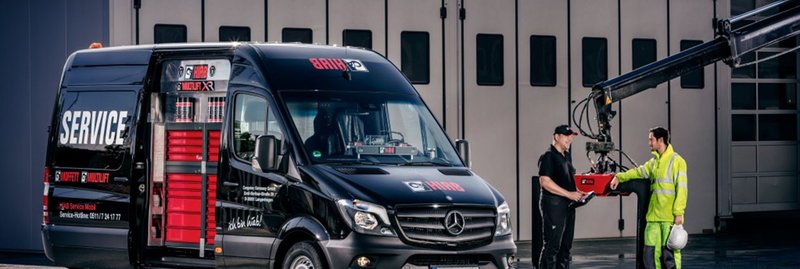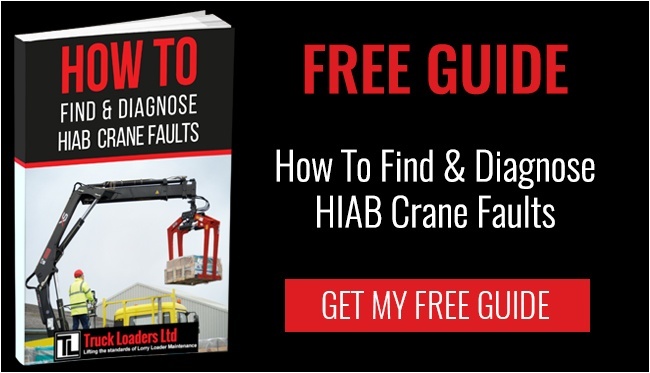
7 Maintenance Tips For HIAB Cranes You Should Know

What attributes single out a great crane operator as being above average when it comes to carrying out simple regular HIAB maintenance? Many would say paying careful attention to the little things before they deteriorate into a more serious issue. Carrying out a simple inspection is only as good as the number of items that are checked and minor tasks performed. Below are some actions that may not always be apparent, especially to new operators.
1. Regular Schedule and Checklist
Cranes are permanently exposed to the elements, which means that weather related faults steadily deteriorate once they have begun to form. What appears perfectly sound one week can exhibit cracking or weathering the next. In addition, minor tasks such as lubrication and greasing need to be carried out frequently so as to keep things topped up and protected. The best approach is to maintain a written checklist for daily, weekly and monthly actions, and tick the actions off as you go so that nothing gets overlooked.
2. Reporting Path
While the type of simple maintenance tasks that are described here should be the responsibility of the operator, the crane owner needs to be made aware of more significant issues that are beyond the scope of an operator’s duties or capabilities. Because verbal reports are easily and quickly forgotten, ensure that there is a process for submitting simple written reports when required and that they do come to the attention of the appropriate manager.
3. Lubrication and Greasing
Read the operator’s manual, and even the service manual also if it is available, to ensure that you have the recommended lubricants. It pays to keep them in the cab along with the manual (or a photocopy of it) so that you can carry out spot check inspections in quiet moments should the occasion arise.
4. Moving Parts
All moving parts should be inspected for excessive wear or cracks. Many usually also benefit from greasing even if the manual does not specifically mention them. Parts such as hose swivels and latches can easily be overlooked and should be on the checklist. Take note of any minor wear which could become worse over time so that you remember to check the relevant part frequently.
5. Daily Crane Inspection
While this is primarily a safety check that should be performed before the vehicle is brought into operation. It is also the perfect opportunity to carry out some of the actions on your checklist. Check for loose rivets and bolts too, and have those attended to immediately.
6. Weekly and Monthly Activities
Refer to your operator’s or service manual for details specific to your crane but aspects such as wear or corrosion on pads, rollers and hoses should be checked and noted on a weekly basis, as should oil levels where applicable. Rust and cracked paint is also worth noting so that it can be attended to during the next HIAB crane servicing. Hydraulic oil change intervals should be actioned when they are due.
7. Annual Checks
While the mandatory annual LOLER inspection carried out by a qualified professional is the responsibility of the crane owner, the operator should be aware of the due date for HIAB servicing and ensure that it is not overlooked.
In summary, a good operator is aware of the condition of the equipment through the daily weekly and monthly inspections, and knows when to escalate issues. The benefits extend not just to the equipment but also bring peace of mind and enhanced safety. These inspections and simple maintenance tasks are certainly worth carrying out diligently.
Download Our FREE Maintenance Guide
Download our free guide How To Find & Diagnose HIAB Crane Faults to improve your knowledge and maintenance capability.

